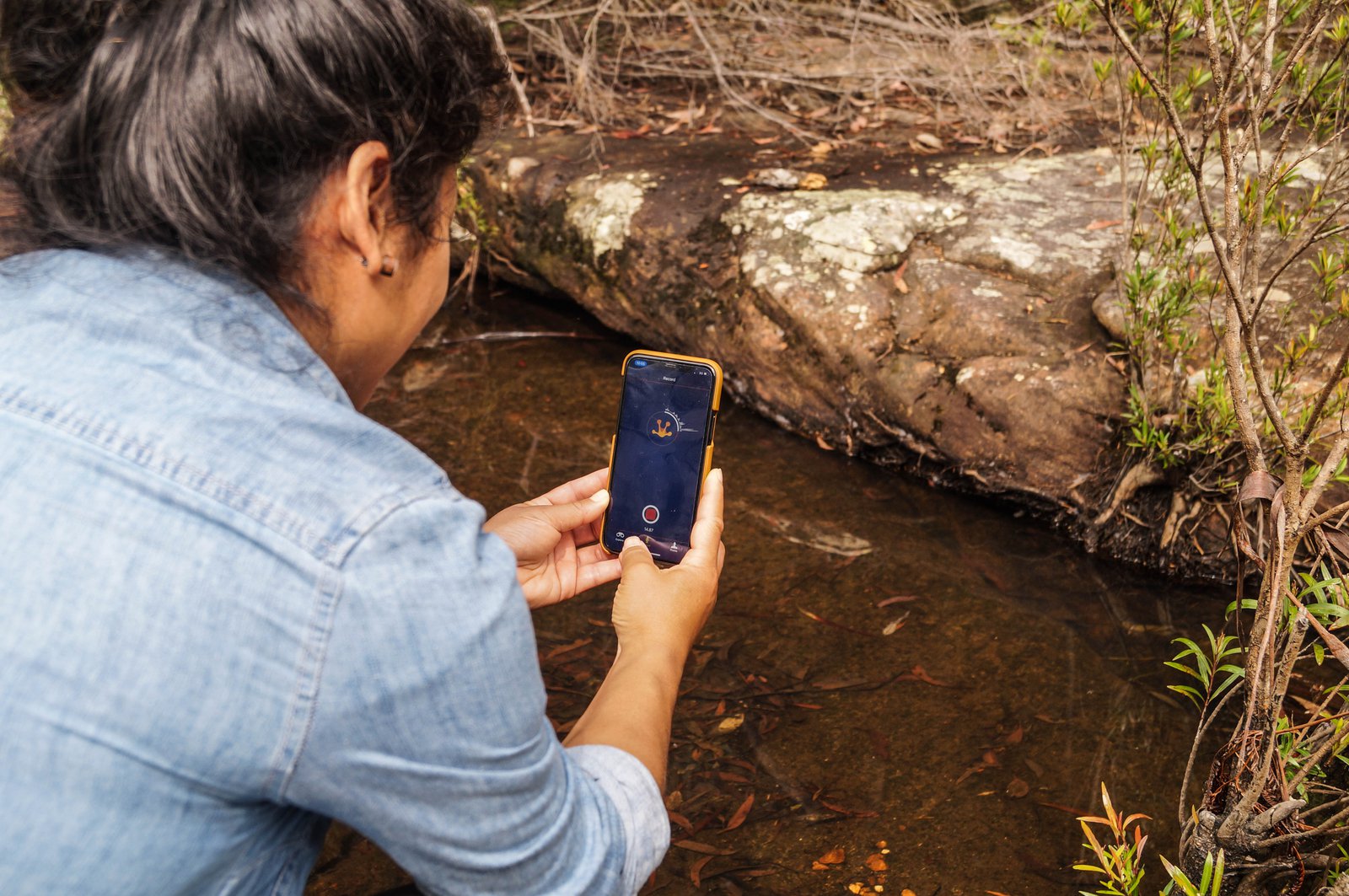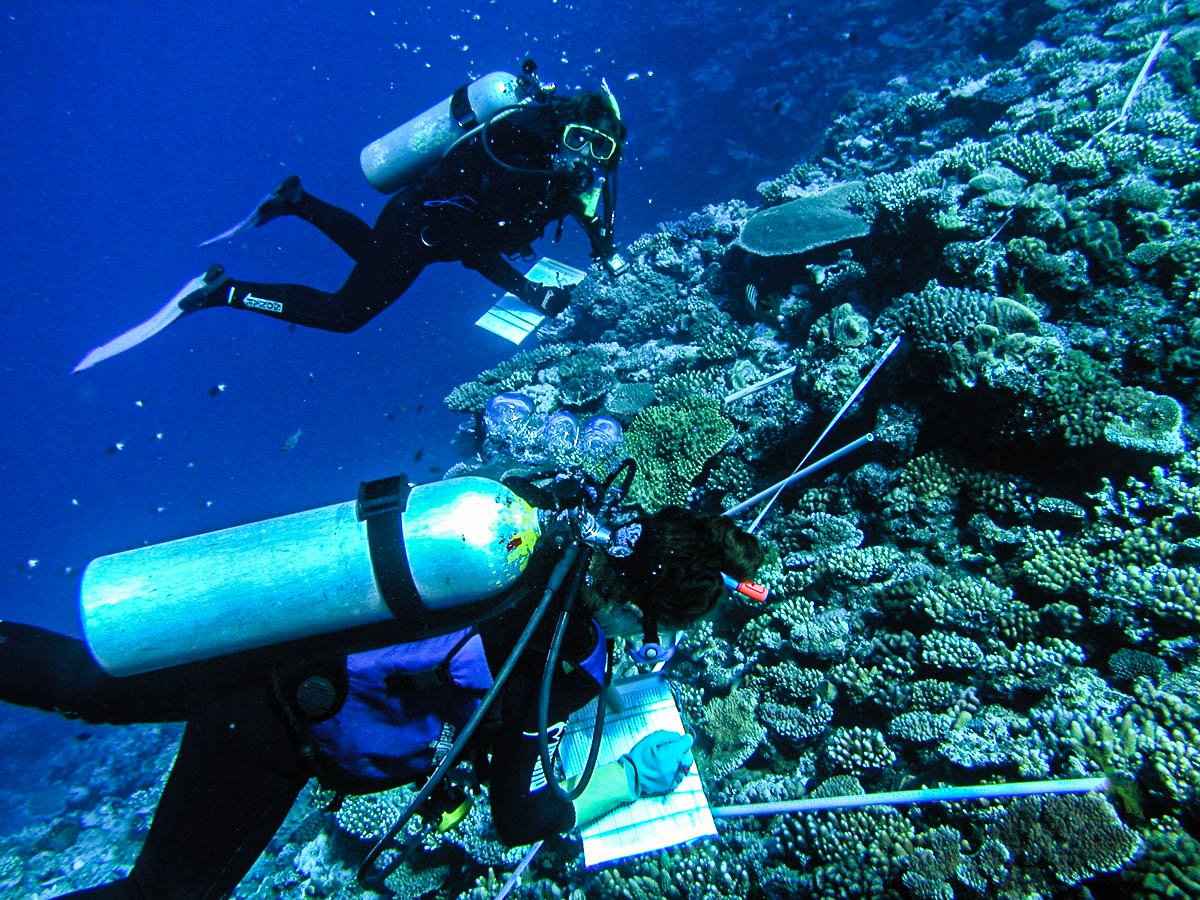Trusted over time
Planning for a new minerals gallery followed by work on a virtual climate change tour like Spark, our natural history and science museum teams at the AM can journey backwards and forwards across several billion years in just one morning.
It’s one of the innate and enduring wonders of the job, this principled relationship honouring colossal chunks of time.
As such, we don’t do alternative facts, belief systems or misinformation about science.
We do - as working ‘custodians’ of the planet’s 4.54 billion year history - find and timestamp what’s been created on earth and then lost. As museum scientists we discover the facts, we verify them, and we share them with everyone.
And we know that the public trust in museums as solid sources of information1 - expert, factual and impartial. And even more, the public want us to engage them with recommendations and solutions for them to support our mission.

© Australian Museum
After 2020’s bushfires and ahead of COP26, we partnered with the Australia Institute’s Climate of the Nation’s 2021 ‘Tracking Australia’s attitudes towards climate change and energy’ – released last week - to research and understand more about where our nation’s citizens believe the climate crisis to be and what they want their leaders to do.
Striking numbers of Australians – numbers on the rise again from last year’s already notable conclusions - believe we are experiencing climate impact right now, that they want to take action to address the crisis, and that they want the Australian Government at all levels to take a leading role.
Whatever happens in Glasgow next week, as museum leaders I believe we can and should step up with renewed conviction to fact-lead for the public, to confidently showcase scientifically-based climate action and harm reduction options for our communities and – crucially – clearly uphold why natural history museums are good places to do so.
Here at the Australian Museum, ‘advancing action on climate change and sustainability’ through our science and public engagement is a core tenet of our strategic plan. We are informed by our scientists’ work on biodiversity, research on the cultural dimensions of climate change, and First Nations approaches to caring for Country.

Changing Climate exhibition.
Image: Abram Powell© Australian Museum
Here’s just some of what we are sharing with our communities and as the world community turns to COP26, come in and talk to our climate action team to find out more about what we are doing and what you can do :
The Australian Museum’s Centre for Climate Solutions is showcasing ten different technologies - featured in Spark - developed here in Australia that will make an impact in reducing our carbon footprint; here’s just one example. Fast-growing seaweed sequesters carbon, and 25 grams of asparagopsis fed to cows eliminates 98% of their methane emissions, returning that energy to the cow.
The coral bleaching on the Great Barrier reef and last year, the impact of the fires on Australia’s biodiversity is on a scale not previously seen since record-keeping began in the mid-1800s. With natural history colleagues and wider networks, we are already back out in the field to assess the destruction to our biodiversity - estimated to be in the ‘trillions’ of animals - when considering the total of insects, spiders, birds, mammals, frogs, reptiles, invertebrates and even sea life impacted over such a vast area.2

© Institute of Marine and Antarctic Studies
First Nations groups are spreading awareness in Australia and across the world of the need to care for Nature so Nature can care for us. It cannot be overstated how much Australian society can learn about living with respect for other living things and practising custodianship of the Country we live within.

© CSIRO
Frog ID is both a critical and popular national citizen science project helping us learn what is happening to Australia’s frogs in a rapidly changing system – including bushfire impacts - using their calls.

© Nadiah Roslan
At the Lizard Island Research Station, our core science teams are studying climate change impact on species distributions and biodiversity, on coral reef health and on coastal peoples across the Pacific.

© Australian Museum
And, closer to home, we have tackled the sustainability challenges of our historic buildings and worked internally to reduce our carbon footprint, becoming the first natural history museum in Australia to receive the Federal Government’s Climate Active certification and is a Carbon Neutral organisation. Showing leadership in sustainability solutions sets an example for others to follow. We’re aiming to convert our electricity to a renewable energy supply and ultimately become carbon positive.
Back in the 1990s, when I co-founded Clean Up Australia, the numbers turning out on Bondi on that first weekend imprinted indelibly on me and for the rest of my life that responsibility for our environment rests with each and every one of us. Our actions do matter. Every action matters.
So while world leaders meet in a conference venue at COP26, this is a great time for all of us to check in again and up the ante on our own actions. What can you do on your doorstep?

© Clean Up Australia
References
- https://www.colleendilen.com/2019/03/06/in-museums-we-trust-heres-how-much-data-update/
- Trillions estimate based on number of arthropods in 8 million hectares (Dr Chris Reid, Senior Entomologist, Australian Museum)











